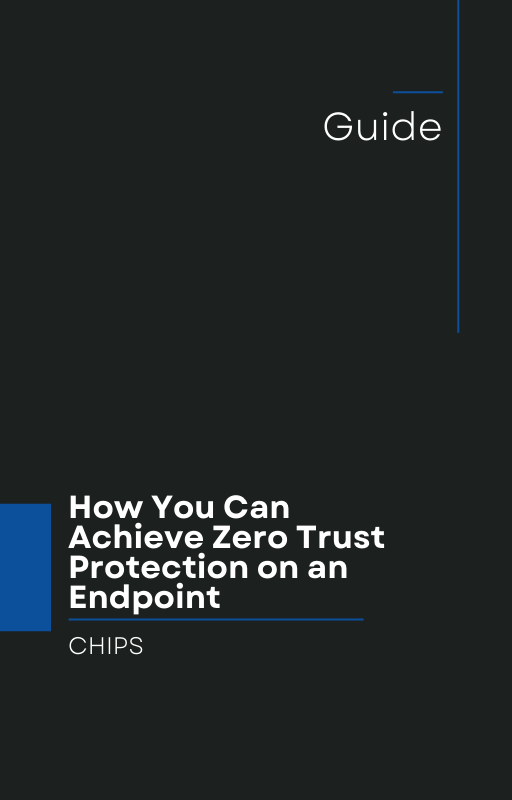In a recent article published on The Hacker News, the FBI and CISA have issued a warning about the alarming rise in AvosLocker ransomware attacks. This evolving threat landscape is a serious concern for businesses of all sizes. In this blog post, we'll discuss the implications of this warning, why the traditional "Detect and Respond" approach falls short, and how you can enhance your cybersecurity strategy with the paradigm shift towards "Isolation and Containment." At CHIPS, we are committed to helping business owners stay ahead of the curve in the ever-evolving world of cybersecurity.
The Growing Threat of AvosLocker Ransomware
The AvosLocker ransomware has been making headlines due to its sophisticated tactics, leaving many organizations vulnerable to data breaches and financial losses. According to the FBI and CISA, this particular strain of ransomware has been on the rise, posing a significant threat to businesses in various sectors.
AvosLocker is notorious for its ability to encrypt an organization's critical data and demand a ransom for its release, often causing substantial operational disruptions and financial strain. As the hackers behind these attacks become increasingly adept, it is crucial for business owners to rethink their cybersecurity strategies.
The Pitfalls of "Detect and Respond"
Many businesses still rely on the "Detect and Respond" approach to handle cybersecurity threats. This method involves identifying a breach after it has occurred and then responding to mitigate the damage. While this strategy is a necessary component of any cybersecurity plan, it has its limitations.
Ransomware attacks like AvosLocker are continually evolving, making it challenging to detect them in real-time. By the time the breach is detected, the damage is already done, and the cost of recovery can be substantial, not to mention the potential damage to a company's reputation.
The Solution: "Isolation and Containment"
To effectively combat the rising threat of AvosLocker and other ransomware strains, businesses must shift their focus from "Detect and Respond" to "Isolation and Containment." This proactive approach emphasizes preventing ransomware attacks from spreading and causing significant harm.
Isolation and Containment involves isolating "untrusted" code and limiting its ability to execute, preventing it from encrypting files and demanding ransoms. By isolating threats and containing them, businesses can protect their critical data and avoid the costly consequences of a successful ransomware attack.
AppGuard: Your Partner in Ransomware Defense
At AppGuard, we understand the ever-evolving nature of cybersecurity threats. We offer cutting-edge solutions that prioritize Isolation and Containment. Our approach focuses on preventing attacks, rather than just responding to them after the fact.
Our advanced technology employs proactive measures to keep your business safe from AvosLocker and other ransomware threats. By isolating potentially harmful processes and containing them, we stop ransomware in its tracks, safeguarding your data and maintaining business continuity.
Take Action Today
The rise of AvosLocker and similar ransomware threats underscores the importance of adopting a proactive approach to cybersecurity. To protect your business from the financial and reputational damage that can result from a successful ransomware attack, it's time to shift from "Detect and Respond" to "Isolation and Containment."
We invite business owners to reach out to us at CHIPS to learn more about how our advanced solutions can help safeguard your organization against evolving threats. Don't wait until it's too late. Contact us today for a consultation and take the first step towards a more secure and resilient future for your business.
In a world where cyber threats are constantly evolving, proactive defense is the key to success. Join us in making the shift towards "Isolation and Containment" to protect your business from the rising AvosLocker ransomware threat.
Like this article? Please share it with others!

November 5, 2023

Comments